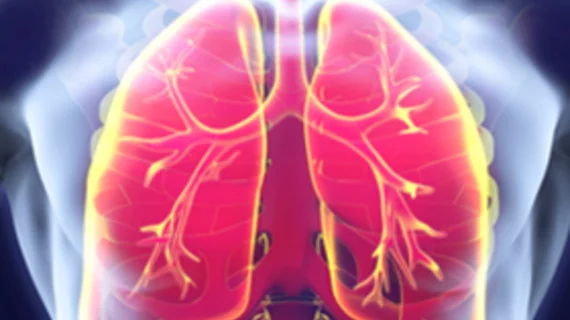Are LDCT lung screening programs overdiagnosing cancer?
Low-dose computed tomography (LDCT) scans of the chest are a vital screening tool used to detect early-stage lung cancer. But new research suggests that the simple screening mechanism might actually be overdiagnosing the disease in certain patients.
The study, which used figures from the Taiwan Cancer Registry, noted that there has been a massive increase in early-stage lung cancer diagnoses over the past 15 years. Despite less than 5% of young women in Taiwan identifying as smokers, the uptick in cancer diagnoses was particularly prevalant among this young group. Researchers questioned why these women are being screened for lung cancer at such high rates in the first place.
“Promotions for lung cancer screening in Taiwan feature images of young women and dramatic language encouraging people to ‘avoid the tragedy of sudden death from terminal lung cancer,'" lead author H. Gilbert Welch, MD, with the Brigham’s Center for Surgery and Public Health, and co-authors wrote. “These campaigns conflate the risk of diagnosis and the risk of death.”
The doctors wanted to analyze how the screening campaigns might have impacted the overall cancer diagnosis and survival rates for these women. To achieve this, they used the Taiwan Cancer Registry to identify young women who had been diagnosed with early-stage lung cancer between January 1, 2004, and December 31, 2018.
Out of approximately 12 million women, the data indicated 57,898 were diagnosed with lung cancer. The incidence of early-stage lung cancer increased from 2.3 to 14.4 per 100,000 people after LDCT screenings were introduced to the population, while the late-stage diagnoses remained virtually unchanged. Notably, the five year survival rate saw a significant spike during that time, more than doubling from 18% to 40%.
“Because the more than 6-fold increase in early-stage cancer was not accompanied with a decline in late-stage cancer, we surmise that virtually all the increased detection after the introduction of LDCT screening in 2004 represents overdiagnosis,” the doctors explained.
You can view the detailed research in JAMA Internal Medicine.

